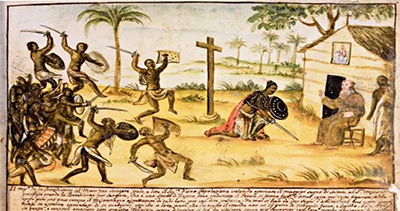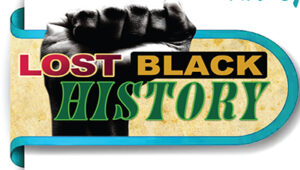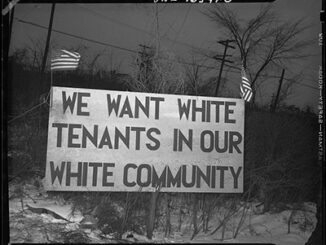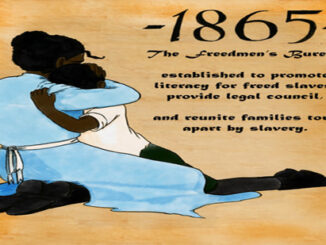
By Don Valentine
 Retribution for the heinous treatment of the slaves in the British colony of South Carolina arrived Sunday morning September 9th, 1739. South Carolina became a state in 1776 after the Revolutionary War. The online encyclopedia Black Past.org chronicled the rebellion, “Led by an Angolan named Jemmy, a band of 20 slaves organized a rebellion on the banks of the Stono River. After breaking into Hutchinson’s store the band, now armed with guns, called for their liberty. As they marched, overseers were killed and reluctant slaves were forced to join the company.”
Retribution for the heinous treatment of the slaves in the British colony of South Carolina arrived Sunday morning September 9th, 1739. South Carolina became a state in 1776 after the Revolutionary War. The online encyclopedia Black Past.org chronicled the rebellion, “Led by an Angolan named Jemmy, a band of 20 slaves organized a rebellion on the banks of the Stono River. After breaking into Hutchinson’s store the band, now armed with guns, called for their liberty. As they marched, overseers were killed and reluctant slaves were forced to join the company.”
The Library of Congress recorded, “… historian Peter H. Wood writes in the Encyclopedia of African-American Culture and History, ‘the rebels raised a standard and headed south toward Spanish St. Augustine…Along the road they gathered Black recruits, burned houses, and killed White opponents, sparing one innkeeper who was ‘kind to his slaves.’”
Two events were fortuitous for the Stono rebellion. Weeks before the event there was a catastrophic Malaria outbreak in the Carolina colony causing general confusion throughout the colony. A report by George Washington University noted, “South Carolina residents were subjected to fevers every summer and fall. Planters learned to absent themselves from their plantations during the seasons of high risk and leave their slaves in the sickly rice fields…”
The second factor was an ill-advised public policy that mandated all men in the colony attend church on Sunday. The specious passage of the Security Act by the South Carolina Colonial Assembly “required all White men to carry firearms to church on Sunday.” The flaw was that plantations all over the colony had every available gun to prevent an uprising, conveniently ensconced at a church service. Jemmy and the other renegade took advantage of that weakness to spring into action.
Sanctuary for the slaves was in Florida, then owned by Spain, where in exchange for joining the Catholic Church they would become freedmen. The slaves walked about 10 miles from town, then midafternoon they stopped to rest, and celebrate their freedom. Church had ended and groups of mounted White planters converged to restore order. The slaves either died in the gun volley or were later hanged for the rebellion. Part of the aftermath involved the Negro Act of 1740. The Equal Justice Initiative noted, “The law prohibited enslaved African people from growing their own food, learning to read, moving freely, assembling in groups, and earning money.”
That was not the only slave rebellion. The Library of Congress estimates between 200 and 300 individual slave revolts took place in mainland North America. Christian Science Monitor confirms, “Haiti’s was the first, and the only, successful slave revolt in the history of the world.”





Be the first to comment